Hall of Fame
Apart from the current team members which you can view here, the contribution of the following people is gratefully acknowledged.
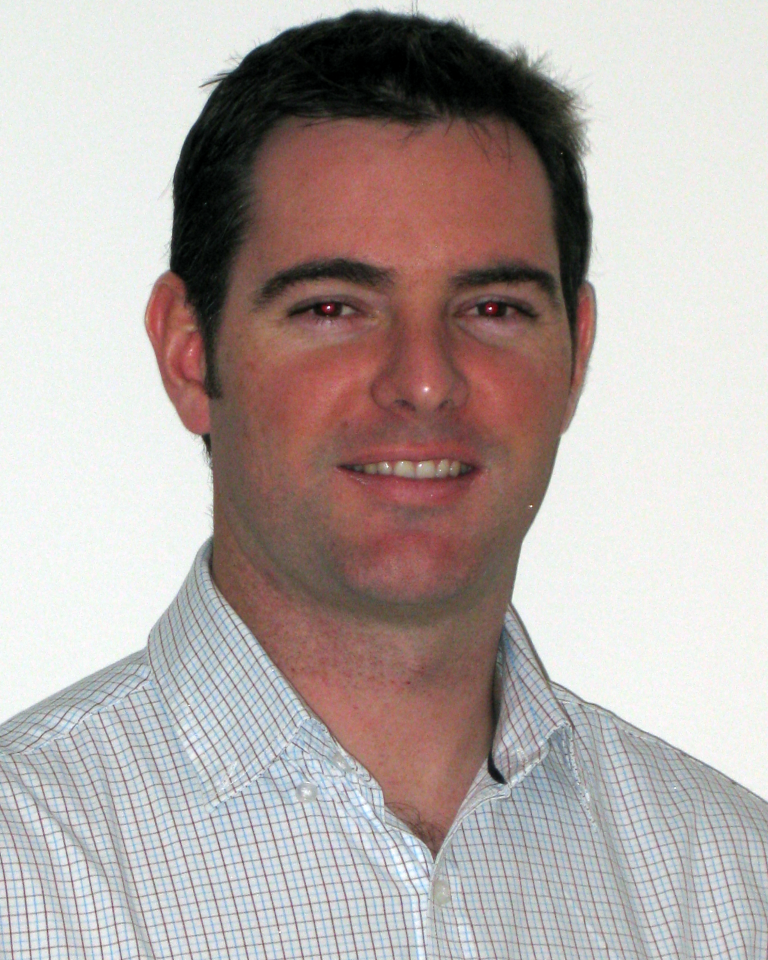
Dr Daniel Heal
From 2006 to 2008, Dan lead the ACG’s Mine Seismicity and Rockburst Risk Management Project. Dan focused on the problem of quantifying and managing rockburst damage, and during his PhD studies developed the Rockburst Damage Potential. This work formed an important component of MS-RAP v3 and impacted the industry greatly.
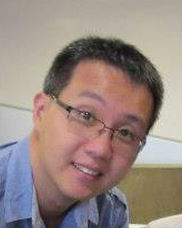
Chun ho
Chun graduated in 2002 from The University of Western Australia in electrical, electronic engineering and computer science and has been working in the software development industry since. Chun contributed to mXrap on a part-time basis, under Paul Harris’ direction, assisting in porting algorithms and libraries to mXrap Javascript and building associated apps.
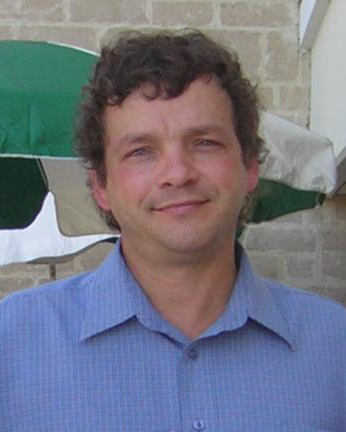
Associate Professor Marty Hudyma
From 1999 to 2006, Marty was the project leader of Phases I and II of the ACG’s Mine Seismicity and Rockburst Risk Management Project. During these years, his work and ideas shaped the development of MS-RAP. Marty undertook his PhD on the analysis and interpretation of clusters of seismic events in mines, and his work has influenced and shaped the approach to the management of mining-induced seismicity.

Gerhard Morkel
Gerhard joined the ACG in 2014 as a research engineer for the ACG’s Mine Seismicity and Rockburst Risk Management project. He became invaluable to the mXrap consortium during its first cycle, eventually becoming mXrap project lead before leaving the ACG in late 2019. His work had a significant impact on many mXrap apps, particularly the Seismic Event Quality, Strong Ground Motion and Caving Draw Column Height apps. He is currently working on a PhD with the ACG investigating seismic event quality.
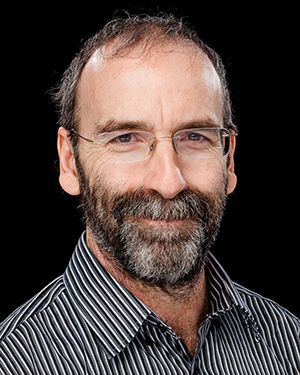
Professor Yves Potvin
Yves joined the Australian Centre for Geomechanics at The University of Western Australia in 1998 and was Centre Director from 2000 to 2019. Yves has played an invaluable role in the development of mXrap through his guidance and support since the first version of MS-RAP saw the light; a role he is still continuing.
Former ACG students helping out on the mXrap project

Wei Duan
Wei joined the ACG in 2012 as a research assistant with the Mine Seismicity and Rockburst Risk Management project and completed his master’s degree in geomechanics in 2016 under the supervision of Associate Professor Johan Wesseloo and Professor Yves Potvin. Wei’s research was a continuation of previous work done by Dr Daniel Heal on empirically assessing the vulnerability of underground excavations in rockbursting conditions. Through his involvement with the ACG and the Mine Seismicity and Rockburst Risk Management project, Wei contributed to the standard ACG apps for the analysis of mining-induced seismicity. Since then, Wei has gained additional practical and technical skills in the field of seismic monitoring, rock mechanics and ground control through various roles within the underground mining industry. Wei is currently a senior geotechnical engineer at Big Bell Mine in Western Australia.
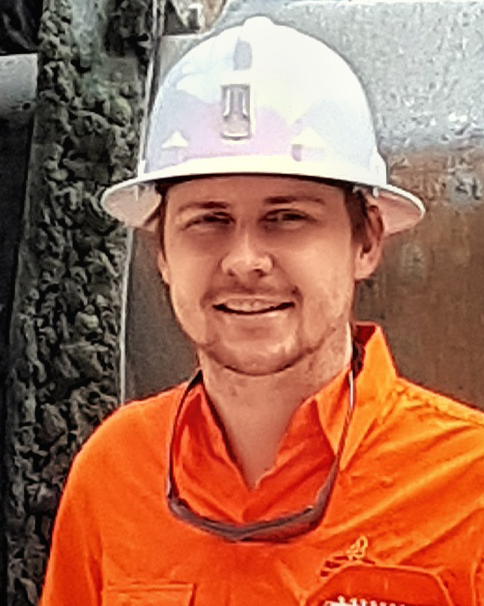
Johan Grobler
Johan finished his bachelor’s degree in mining engineering at The University of Western Australia in 2015 and completed his undergraduate thesis under the guidance and supervision of ACG team members Associate Professor Johan Wesseloo, and Gerhard Morkel. Johan gained employment at the ACG in the beginning of 2016 as a research assistant under the mXrap project. In this role, he was involved in the implementation of an mXrap Rockburst Damage Potential model for the Golden Grove underground hard rock metal mine in Western Australia. He has also assisted the mXrap team in app development, most recently focusing on the development of a LiDAR application which uses LiDAR points clouds to analyse closure in mine drives.
